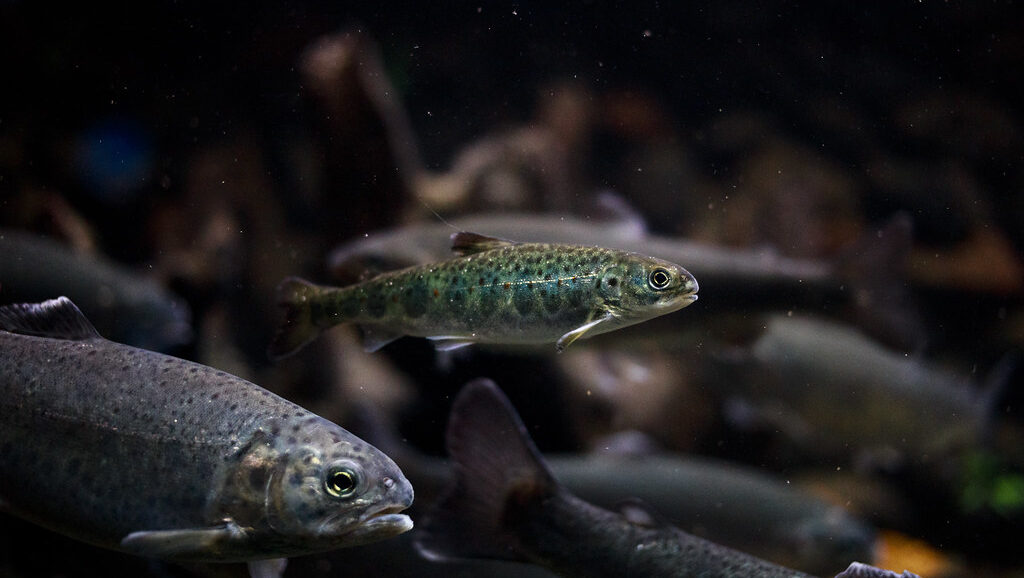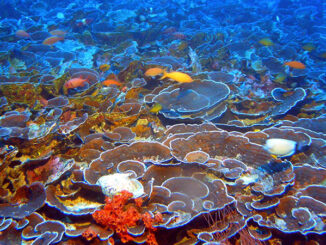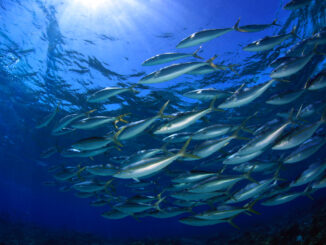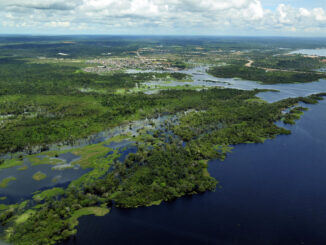
44,016 species now face the risk of extinction if more isn’t done to save them, according to the latest assessment by the International Union for Conservation of Nature.
In the latest update of the famous Red List of threatened and endangered species, the IUCN says it’s added some 2,000 new species to the list of organisms at risk of extinction globally.
The IUCN Red List now includes assessments of 157,190 different species of plants and animals. More than a quarter of species on the list are now classified as endangered, an indication that extinction is likely without human intervention, including habitat protections through the creation of more areas set aside for conservation.
On a positive note, IUCN says that two Asiatic antelope species have been pulled back from the brink of extinction, examples it bills as conservation success stories. For other endangered species, saving them may require decisive actions to address global warming, IUCN officials said at a press conference in Dubai, United Arab Emirates on the sides of recently closed international climate change talks.
Craig Hilton-Taylor, head of IUCN’s Red List Unit, called the rising list of endangered and threatened species “a call to action in the face of the growing biodiversity and climate crisis.”
“This is our window of opportunity to act,” he said.
IUCN Director General Grethel Aguilar told reporters that the new IUCN Red List update includes the first comprehensive assessment of global freshwater species. The news there isn’t good, either, she said: some 25 percent of the world’s freshwater species face possible near-term extinction, with “a fifth impacted by climate change,” Aguilar said.
Some 57 percent of assessed species of freshwater fish face potential extinction, according to IUCN. Climate change isn’t the only threat. IUCN officials admit that overfishing is responsible for the decimation of many populations of freshwater fish. However, the organization took the occasion of the 28th Conference of Parties to the United Nations Framework Convention on Climate Change (COP28) to highlight the danger rising average global temperatures pose to numerous vulnerable animals and plants, especially species of amphibians.
“The aim of the Red List is to inspire conservation action,” Aguilar said. “We know the things that need to be done. It’s not a secret. We need a time-bound phase-out of fossil fuels.”
At least 13,000 of the species placed on IUCN’s Red List are being hit by global warming, “one of the threats that gets missed by many of our assessors because it’s so linked to many other threats,” Hilton-Taylor said.
New to the list of vulnerable, threatened, or endangered species are species of Pacific green sea turtles. Too many green turtles are killed by the Pacific fishing industry as bycatch, IUCN explained, while rising sea levels could drown eggs in sea turtle nests. The status of Atlantic salmon has also been downgraded due to overfishing.
Marine species declines are a prime factor in the push to expand the number of marine protected areas and establish massive new MPAs in international waters beyond any single nation’s jurisdiction. Currently, MPAs in international waters are found only off the coast of Antarctica.
COP28 negotiations ended this week with nations pledging to move their economies away from dependence on fossil fuels.
©2025 Public Parks
Park Info
Location:
Worldwide



